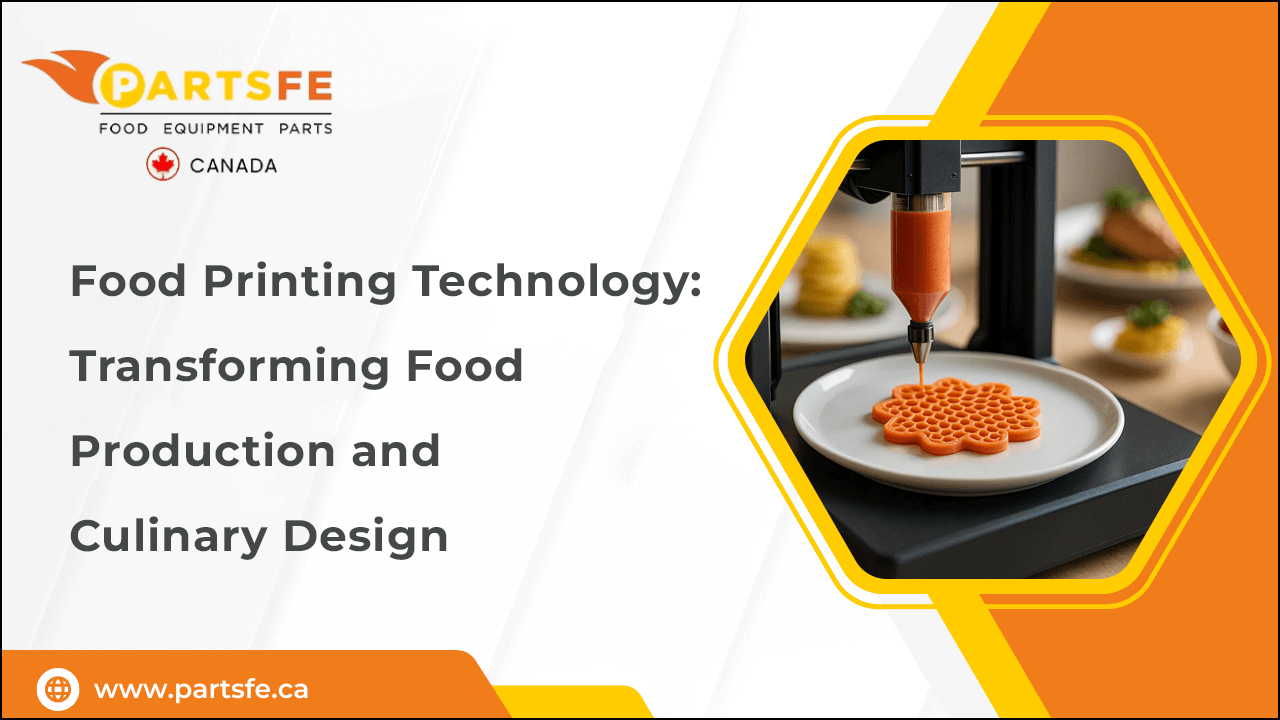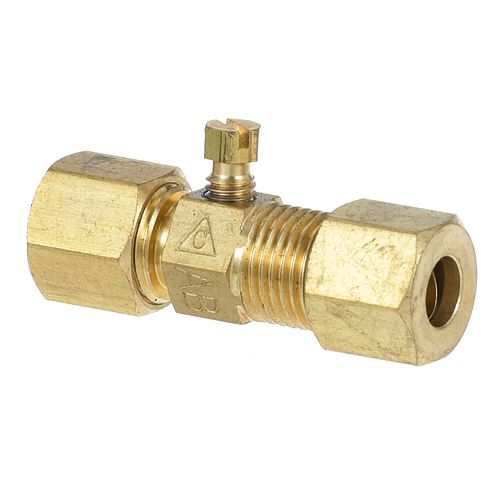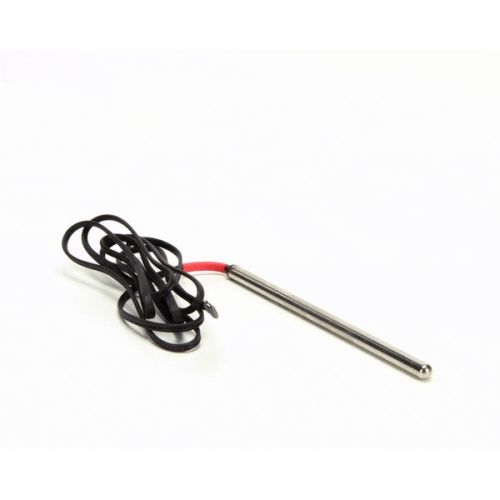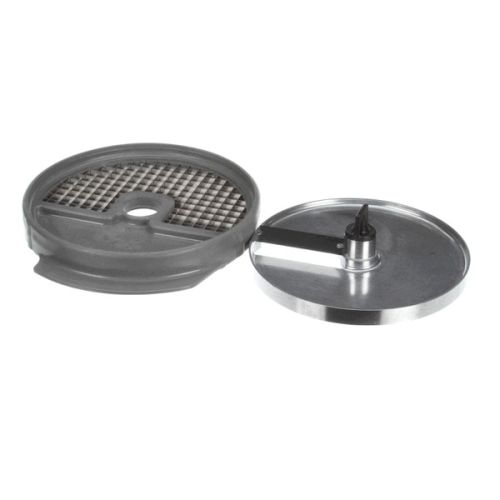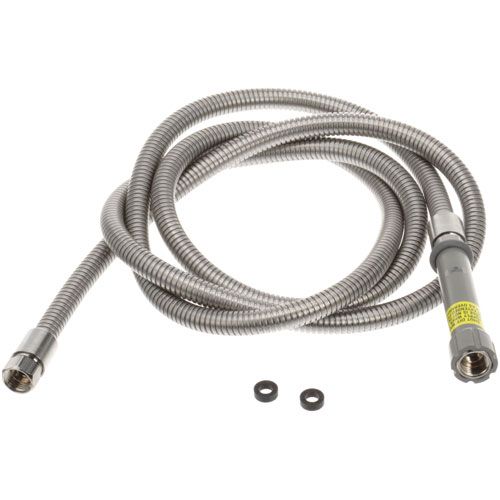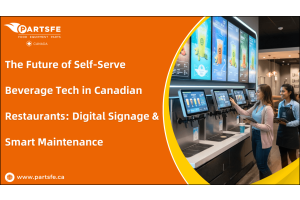Food Printing Technology: Transforming Food Production and Culinary Design
Food printing technology is rapidly reshaping the way we produce and experience food. By using advanced 3D printing techniques, this innovative approach allows for the precise layering of ingredients to create complex shapes, textures, and flavors that were once impossible to achieve. It offers exciting possibilities for customization, nutrition control, and reducing food waste, making it a promising solution for the future of sustainable food production.
Beyond the practical benefits, food printing is also transforming culinary design. Chefs and food designers now have the freedom to experiment with unique presentations and intricate designs, pushing the boundaries of creativity in the kitchen. As this technology evolves, it is set to revolutionize both home cooking and the food industry, blending science and art in delicious new ways.
How Food Printing Technology Is Changing Food Production
Food printing technology, also known as 3D food printing, is revolutionizing the way we produce, customize, and consume food. This innovative approach offers numerous benefits and is transforming traditional food production processes. Here’s how:
-
Customization and Personalization: 3D food printers allow for the creation of meals tailored to individual dietary needs, preferences, and nutritional requirements. This is especially beneficial for people with allergies, medical conditions, or specific lifestyle choices.
-
Reduction of Food Waste: By using precise amounts of ingredients, food printing minimizes waste during the production process. Excess materials can often be reused or recycled, making the entire system more sustainable.
-
Enhanced Food Design and Presentation: Complex shapes, intricate designs, and unique textures that are difficult to achieve with conventional cooking methods can be easily created, enhancing both the visual appeal and eating experience.
-
Sustainable Ingredient Use: Food printing supports the use of alternative, sustainable ingredients such as plant-based proteins, insect flour, or lab-grown meat, helping to reduce the environmental impact of food production.
-
On-Demand and Localized Production: Food printers enable on-demand meal preparation, reducing the need for large-scale transportation and storage, which lowers carbon footprints and ensures fresher products.
-
Potential for Space Exploration: Food printing could play a crucial role in providing nutritious meals for astronauts on long space missions, where traditional farming and food supply chains are not feasible.
Overall, food printing technology is paving the way for a more efficient, sustainable, and personalized food industry, poised to address global challenges related to food security and environmental impact.
Revolutionizing Culinary Design Through Food Printing
Food printing is redefining how chefs approach creativity in the kitchen. This cutting-edge technology brings innovative possibilities to culinary design.
Unleashing Creative Freedom
Food printing gives chefs the power to explore artistic possibilities that go beyond traditional culinary limits. It opens new avenues for designing visually stunning and innovative dishes.
-
Enables creation of intricate, unconventional shapes.
-
Allows for edible art beyond traditional methods.
-
Expands the boundaries of food presentation.
Combining Multiple Ingredients Seamlessly
With precise layering technology, chefs can combine a variety of ingredients in ways never before possible. This ability enhances both flavor and texture in exciting new combinations.
-
Precise layering of flavors and textures.
-
Enables complex flavor combinations in a single dish.
-
Enhances multi-dimensional taste experiences.
Streamlining Complex Food Preparation
Food printing automates labor-intensive tasks, helping chefs save time and maintain consistent quality. It simplifies the production of complex, gourmet dishes.
-
Automates time-consuming culinary processes.
-
Ensures consistent quality and portion control.
-
Speeds up production of gourmet dishes.
Enhancing Food Accessibility
The technology allows for customization of food textures and nutrition, making meals safer and more enjoyable for those with special needs. It supports a wider range of dietary requirements.
-
Customizes food textures for people with swallowing difficulties.
-
Tailors nutritional content for special dietary needs.
-
Improves food enjoyment for the elderly and patients.
Integrating Technology and Tradition
Food printing bridges the gap between classic culinary traditions and modern innovation. It helps chefs reinvent traditional dishes with fresh, creative presentations.
-
Adds modern design to classic recipes.
-
Bridges traditional cooking with innovative techniques.
-
Reinvents familiar dishes with new presentation styles.
Driving Innovation in Food Packaging
Printed food can be tailored to fit specific packaging requirements, enhancing convenience and reducing waste. This innovation is reshaping food portioning and packaging efficiency.
-
Designs food to fit specific packaging needs.
-
Reduces food waste through portion control.
-
Improves convenience for consumers.
By transforming the creative process and production methods, food printing is setting new standards in culinary innovation and design.
Key Benefits of Food Printing in Modern Food Production
Food printing is rapidly transforming modern food production by offering unique advantages that improve efficiency, customization, and sustainability.
1. Precision and Customization: Food printing allows precise control over ingredient placement and portion sizes, enabling personalized meals tailored to individual dietary needs.
Example: Fine dining restaurants use 3D food printers to customize dishes based on guest preferences and nutritional requirements.
2. Reduction of Food Waste: By using exact ingredient amounts, food printing minimizes waste during preparation and production processes.
Example: Catering services optimize ingredient usage with 3D printing, reducing leftover food and minimizing waste on large events.
3. Enhanced Food Creativity: Chefs and manufacturers can create intricate shapes and textures that are impossible with traditional cooking methods.
Example: High-end restaurants create visually stunning desserts and appetizers using 3D printed edible designs to wow customers.
4. Advancing Sustainable Food Practices: Food printing supports the use of alternative proteins and sustainable ingredients, helping reduce the environmental impact of food production.
Example: Eco-conscious hotels incorporate plant-based 3D printed dishes into their menus as sustainable meat alternatives.
5. Faster and On-Demand Production: Food printers enable quick production of meals on demand, reducing the need for large inventories and storage.
Example: Event caterers use 3D printing technology to prepare fresh, customized meals rapidly for large gatherings.
6. Accessibility and Special Dietary Support: The technology can create foods with modified textures and nutrients suitable for people with swallowing difficulties or special dietary needs.
Example: Restaurants offer tailored soft-textured meals printed on demand for customers with specific dietary restrictions.
Explore future of dining: how digital menu boards are transforming restaurants to discover how they're streamlining operations and modernizing the dining experience.
Practical Applications of Food Printing in Culinary Innovation
Food printing is revolutionizing the culinary world by allowing chefs to create precise, customized dishes. These applications showcase how the technology boosts creativity and efficiency in kitchens.
|
Feature |
Functionality |
Real-World Applications |
|
Themed Edible Installations |
Enables chefs to create large-scale, themed edible displays for events, festivals, or fine dining. |
High-end banquets, culinary shows, and artistic food events. |
|
Custom Chocolate Sculpting |
Prints detailed, customized chocolate shapes for branding, personalization, or high-end desserts. |
Luxury patisseries and boutique dessert shops. |
|
Ingredient Transparency Layers |
Prints dishes in visible layers, allowing diners to see each ingredient and understand what they're eating |
Health-focused restaurants and allergen-aware dining. |
|
Layered Tasting Menus |
Prints small, layered bites that deliver multiple flavors in precise sequence |
Chef’s tasting menus and experimental multi-course meals. |
|
Functional Texture Design for Beverages |
Add printed edible foams, stirrers, or garnishes that slowly infuse flavors into drinks. |
cocktails in upscale bars and themed beverage services. |
|
Customizable Kids' Meals |
prints fun-shaped, nutritious meals to encourage healthy eating habits in children. |
Family restaurants and health-focused children’s meal programs. |
|
On-Demand Meal Customization |
Allows commercial kitchens to quickly produce customized meals tailored to guest preferences or dietary needs. |
restaurants and catering services offering personalized dining experiences. |
Challenges and Future Prospects of Food Printing Technology
Food printing technology is advancing rapidly, but several obstacles remain before it becomes mainstream in commercial kitchens and households.
Challenges:
-
Limited Consumer Awareness: Many consumers are unfamiliar with food printing, which affects market demand and acceptance.
-
Flavor and Sensory Quality: Achieving natural taste and texture comparable to traditionally prepared food remains difficult.
-
Energy Consumption: Food printers can require significant energy, raising concerns about environmental impact if not optimized.
-
Supply Chain Constraints: Sourcing consistent, high-quality printable food materials is still a challenge for large-scale production.
-
Cultural Acceptance: In some cultures, printed food may face resistance due to perceptions of artificiality or unfamiliarity.
Future Prospects:
-
Enhanced Multi-Material Printing: Future printers will be able to handle more complex combinations of ingredients for richer flavors and textures.
-
Decentralized Food Production: Food printing could empower localized production, reducing reliance on long supply chains and improving food security.
-
Customization for Lifestyle Trends: Growing demand for vegan, gluten-free, and allergen-free options will drive more tailored food printing solutions.
-
Collaboration with Biotechnology: Integration with cultured meat and plant-based protein innovations will expand printable food options.
-
Educational and Social Impact: Food printing may become a tool in culinary education and addressing global hunger by producing nutritious, affordable meals.
While challenges persist, ongoing innovation and increasing awareness signal a promising future for food printing technology in transforming food systems worldwide.
Check out this article on future trends: what's next for restaurant equipment to explore emerging technologies set to revolutionize commercial kitchens.
Final Thoughts
Food printing technology is gradually shifting from a novel concept to a practical solution in the food industry. By enabling precise customization and reducing waste, it addresses important challenges in food production and nutrition. Its impact is already being felt in specialty restaurants and innovative food businesses.
As technology advances and becomes more affordable, food printing is expected to gain broader acceptance and use. This progress will help transform food systems toward greater sustainability, personalization, and creativity, changing not just what we eat, but how food is produced and experienced worldwide.
Looking for food equipment to transform your kitchen? PartsFe CA has you covered with essential parts like nozzles, motors, and control boards from top brands such as Vollrath, Manitowoc, Robot Coupe, and TurboChef. Ready to boost your culinary with high-quality components!
References:
https://www.developmentaid.org/
https://www.fas.usda.gov/
https://pubmed.ncbi.nlm.nih.gov/
FAQs
How much does it cost to start a food printing setup in Canada?
Launching a food printing operation in Canada can cost between $5,000 to $50,000 CAD, depending on the type of printer, scale of production, and certifications. Costs also include food-grade ingredients, design software, and kitchen upgrades to meet health standards.
How do you set up a food printing kitchen for food production?
You need a commercial kitchen equipped with certified 3D food printers, food-grade ingredients, and design software. Compliance with food safety regulations and trained staff are essential for smooth, scalable operations.
Why is integrating AI with food printing technology significant?
AI enhances the process by optimizing recipes and printing parameters according to taste preferences, nutritional needs, and available ingredients. This leads to smarter, more efficient, and adaptive food production.
How does food printing technology ensure nutritional customization for individuals?
Food printers can precisely control ingredient composition, allowing tailored nutrient profiles for dietary needs like allergies or health goals. This makes personalized nutrition more accessible and efficient.

